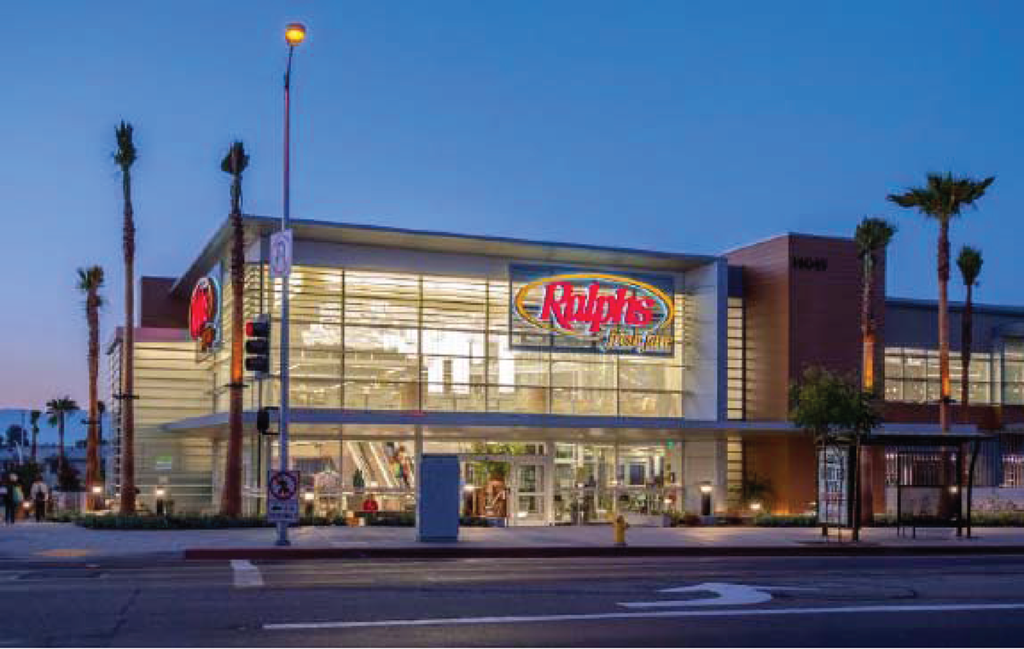- Things to do
- Eat & Drink
- Music
- Pro Sports
- Getting Around
- Shopping & Services
- Hotels
- Arts & Culture
- Tours
- What’s Happening
Browse by category

Both Fry’s and RED Development are drawing inspiration and lessons learned from urban markets around the U.S., including the Ralph’s grocery store in Los Angeles. (Image: RED Development)
RED’s vision for the project is to create an open and inviting facade. Jeff Moloznik, vice president of RED Development, emphasized that they want to create an authentic urban experience with active ground floor and retail/restaurant space.
Unlike the CityScape site, he said this block has fewer constraints and limitations, granting them the ability to utilize all four sides of the block.
Architectural renderings have not yet been finalized as RED is still in the planning stages of the development, including meeting with community leaders to solicit feedback and insight. However, Moloznik did hint that they’re paying close attention to the street-level experience and looking forward to having full creative control over the project.
“When I say high density, we’re literally building from property line to property line on this thing,” he said. “It will be completely four-sided architecture.”
Dan Klocke, executive director of the Downtown Phoenix Partnership, applauded RED Development for its focus on creating an interesting street-level experience, not only for the grocery store facade but the entire site.
Instead of being walled off, Moloznik described the exterior of the Fry’s as a glass cube. At night, the place will light up, during the day passersby will get to watch the glass elevators go up and down.
“They’re really thinking through how to make the ground floor as interesting as possible,” Klocke said, “and that’s really important to keeping the urban fabric strong and tight.”
In addition to contributing to the overall walkability of downtown — the project will fulfill a dire need for fresh food. Downtown Phoenix is labeled a food desert, or an area where residents have poor access to affordable and healthy food.
“One thing about this that people lose sight of is we have very poor grocery services in the area south and east of downtown,” said David Krietor, president and CEO of Downtown Phoenix Inc. (DPI). “Those neighborhoods are going to get a full-service grocery store that they haven’t had in who knows how many years.”
Building an Urban Grocery Store (in Phoenix) is No Easy Feat
The development seems to have become a bit of a passion project for Moloznik.
The costs and complexities of securing downtown’s first grocery have been never-ending and challenging, though not impossible to overcome.
That’s because, unlike a suburban store, the build-out is more intricate and expensive — including the steel and concrete construction, above-ground parking garage, commercial elevators, fire stairs and loading docks. Fry’s even agreed to put their back-of-house kitchen, butcher and bakery underground, which gave RED Development extra space to put more retail at the street level.

A general site plan for the block 23 development. (Image: RED Development)